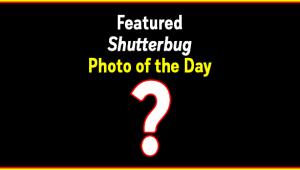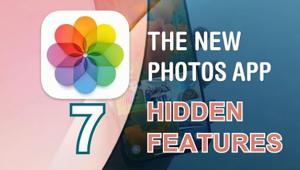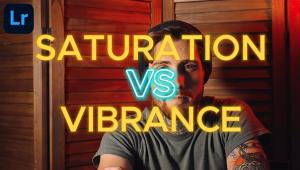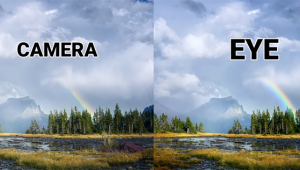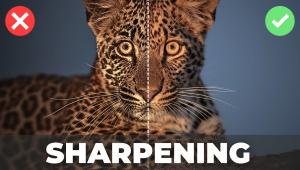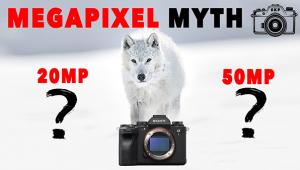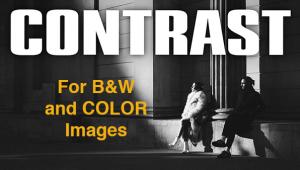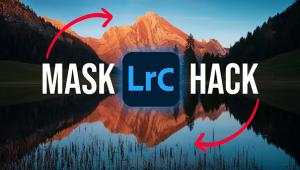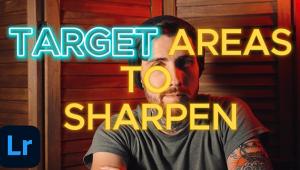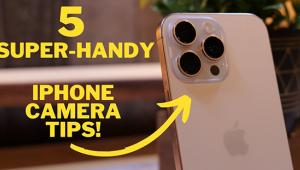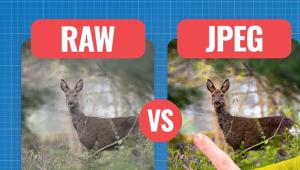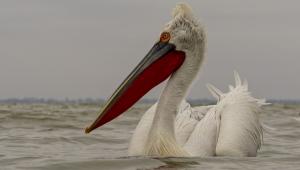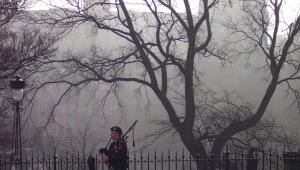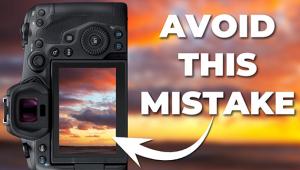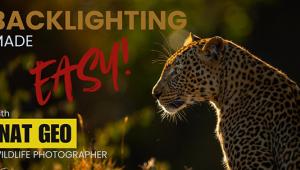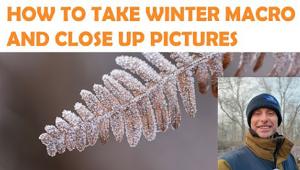It is also a skill to learn how to bar tend. - Marla Ahlgrimm
Taking Care of Business as an Event Photographer: How To Sell Yourself While Photographing Events
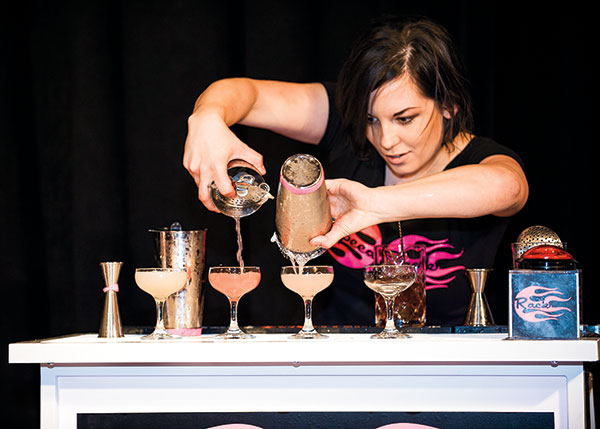
Even with today’s “everyone with a camera is a photographer” syndrome, the event photography business is still ripe for making sales. With event photography, clients can’t use stock photos and shooting their own images often turns out to be below par, at best. It is a very specialized field of professional photography requiring both personal and business skills. And, of course, all of your photo gear needs to be portable, fast, and flexible to cover challenging shooting situations. Our contributors this month work with consumer and commercial clients, shooting everything from school events, community fundraisers, weddings, and bar mitzvahs to conventions, corporate meetings, nonprofits, and brand-sponsored events.
One thing you will note is that different photographers use different marketing tools to find and retain event photography clients. There is no right or wrong way to build your event photography business. Thanks to our photographers: Dag Bennstrom (Dagomatic Photographic), Cindy Brown (C Brown Photo), Ron Gould (Ron Gould Studios), Stacy Kogut-Martinez (For Your Eyes Only Photography & Design), Randy Pollard (On the Edge Photography), and Chris Rakoczy (Rakoczy Photography and Hartford Event Photographer).
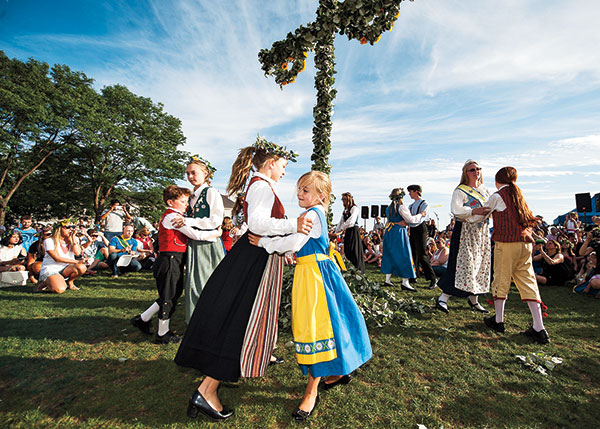
Shutterbug: What business changes have you seen in the last few years in your event photography assignments?
Randy Pollard: Our commercial clients have relaxed a bit on the mood of the images. Instead of laced up and formal, many of them now want more relaxed images, including “photo booth”-type images with props.
Chris Rakoczy: Speed of delivery is not an option anymore. It’s a requirement. People are so accustomed to sharing life instantly from their mobile devices, they expect similar speed from the professional photographers they hire. Whether they’re a nonprofit using social media to stay in front of their audience while memories of the event are still fresh, or a corporate client posting to their intranet Monday morning to foster employee engagement and recognize achievement, the client expects to have at least a representative selection of images within 24 hours (or sooner!). I’ve been delivering about two dozen images representative of the overall event to the client the following day, with the rest of the images following no more than a few days later. My newest branding to target the event market specifically includes these “FlashBack” images as a guaranteed deliverable.
Dag Bennstrom: The main change is that as social media is more bloated with ads and product placement, sometimes the promoters will hire very inexperienced photographers and just hope that the lack of quality gets lost in the mix somehow. At least that is what I imagine they are hoping will happen. The downside is that people get used to the photos looking more like snapshots and then the promoters no longer feel like they need to hire a professional photographer anymore.
Ron Gould: The changes I’ve seen are the shrinking budgets, “do more with less,” less hours needed for photography, and fewer photographers to cover large events. Clients have found photographers who were “good enough” for an assignment and were willing to have less quality for less money. I think now we’ve bottomed out, and we’re fighting back to the pre-recession budgets. I’ve kept the line on my pricing, but lost a few clients in the process. I would get the important assignments from them, but they’d go to other photographers for the smaller assignments. Also, clients want instant access to the photos. I always carry a card reader in my camera case so I can download the images to my client’s computer if needed, or bring my laptop to burn a DVD on site if requested.
Stacy Kogut-Martinez: It is true “a picture is worth a thousand words” and a company is not going to hire just anyone if they are really expecting photographs of a photojournalistic nature and the quality expected from a professional. The photos you take at an event can serve a multitude of purposes: a great reminder to attendees of their time at your event, a great way to reach a future audience through social sharing and marketing for future events.



SB: How do you market and find clients? Do you use the traditional marketing (direct mail, ads, websites) or newer marketing tools (e-mail blasts, blogs, Facebook, social media)?
Randy Pollard: Completely newer tools: Facebook is big for me, but also blogs and a digital e-mail newsletter we send quarterly. Traditional marketing tools don’t really do much in our market as far as bringing in new clients.
Cindy Brown: I have spent a lot of time networking with other industry vendors and I belong to and am an active member of ISES (International Special Events Society). I get leads from other ISES members and am on referral lists for several venues. I also use Facebook, e-mail blasts, and an occasional blog (though I know I need to blog more). I do an occasional bridal show, usually a show associated with a venue, or a mitzvah show. I belong to the Wedding Photojournalist Association and am listed on their website and have booked several weddings from leads generated there. I have also tried the big online wedding websites with very minor success. I am in the process of creating an eBook that I will use as a free gift to give couples who click on a targeted Facebook ad.
Stacy Kogut-Martinez: I have taught photography for 23 years and now get word-of-mouth business from co-workers, friends, business meetings, events, and from people who have seen my work displayed at an event. Facebook is a great medium but I am not so sure it pulls in enough business to depend on, the same with websites. You have to do your own marketing and direct people to those sites. Most importantly, I believe in getting in front of your potential client. A face-to-face approach takes time and effort on both parts and may be old school but I have found it is much more rewarding and has many benefits for potential new business later on.
Ron Gould: I still use direct mail as my main marketing plan. I send out about six hundred and fifty 4x6 prints every two months to my list. I have a Facebook page for my studio and update photos and info on current assignments. I keep up with my LinkedIn page and try to direct potential clients to my website, which I still believe is the best way to get new business. I also participate in many other websites that raise my Google ranking. I use Photographers.com and my ASMP (American Society of Media Photographers) “Find a Photographer” page for marketing and use Smugmug.com for my clients to view and purchase photos. After 30 plus years in this business, I’m at a place where repeat and referral business keeps both new and old clients coming to me.
Dag Bennstrom: I find most of my clients through professional photographer aggregators such as Smart Shooter and ImageBrief. I also seek out event promoters and send them a flyer and then follow up with both a phone call and e-mail.
Chris Rakoczy: I’ve primarily marketed through networking groups and social media. Not only have traditional B2B (Business to Business) groups led to some work, but even networking with other photographers has proven beneficial. My membership in ASMP has connected me with other shooters. We all have our specialties and I’ve been able to take on clients a colleague wasn’t available for or suited to handle. I’ve hired photographers to be my subcontractors on larger jobs, who have in turn hired me back to help on their gigs. So many of us operate as one-person businesses yet so many events, especially larger corporate ones, need a crew of three, four, five, or more people. It’s great to have a strong network of trusted peers to draw on.
For social media, I tend to use Facebook a lot. In fact, it’s through a Facebook Group of photographers that led to working with several of them. Even if you never see someone face to face, you get to know and trust them through their posts, comments, shared work, and peer referrals. Also, I post on Facebook and Twitter before and after shooting an event. I don’t make the posts “about me,” instead I research the client’s social presence first and then leverage the @mentions and #hashtags to put the attention on them and their event. I also try to give shout-outs and public thanks to the people I worked with, whether an event coordinator or my vendors.

SB: What “war stories” from your event photography assignments can you share with our readers?
Dag Bennstrom: I was working the National Female Bartender Competition Finals. The three finalists had to make three cocktails then present them to four judges. Whoever finished first got so many points and then they were judged on the quality of the drink. This is the national championship and these three women have gotten here by winning many local and national events along the way so the pressure was tremendous. The client asks me to go up to each woman (30 seconds before the start of the competition) and ask them to pose with the bottle and to make a fake drink so it looks like they prefer the sponsor’s brand. These women are so stressed and so tense but I said okay. Each contestant looked at me dumbfounded when I asked them to make a fake drink and the photos were about as phony as you could get. I went back to the client and tried to explain that it was an ill-conceived idea and would not result in anything usable and that is when the client started yelling!
Randy Pollard: We’ve been crammed into some very small areas and didn’t realize it until we showed up at the event and then had to do some really fast scrambling to make everything work properly. Also, we keep an “Event” bag or box full of the items we may have forgotten in the past. It saves us lots of grief! Once we booked an event client two hours away and forgot an important part of our setup but, fortunately, we had a friend in town who helped us out.
Cindy Brown: I did have a recent assignment to photograph a corporate event, including the CEO speaking at the event. However, the CEO was uncomfortable having his photograph made. I had to shoot through a window when he was meeting with employees and be practically invisible when he was speaking at a workshop. I had to crank the ISO up to 3200 and pray that he walked somewhere near halfway decent light every now and then.
Ron Gould: I do a lot of political work and have to work with the Secret Service and local police. This can get quite interesting when you need to work with the candidate and security gets in the way.
Chris Rakoczy: A new event planner client asked me if I could shoot and print photos on site at an event. For several subsequent events, on-site printing became a common add-on so perhaps I got complacent. I didn’t test one of my two printers before this rather large corporate event and I forgot my spare pack of paper. After the cocktail hour, while my digital tech Kris Orlowski printed, I and two other shooters roamed the venue capturing the gala event. That’s when we discovered the clogged print heads and missing paper. For the next three hours, I was sweating bullets hoping we’d not only be able to print fast enough with half our intended equipment, but have enough paper to not shortchange any guest. Kris earned his pay that night, finishing every print, on time, with just two sheets left over! Next time, not only will I be sure to test the printers but I’ll bring a head cleaning kit (swabs, alcohol) and extra paper!
Stacy Kogut-Martinez: I am always entertained by the fact that people expect you to take the most glamorous shots possible but will not cooperate and then later are upset because they don’t like the way they looked. Some things you just do not have control over and it’s best to check the venue, lighting, and any other obstacles that may get in the way of capturing your best shots possible. Always shoot tons of shots at events because you will need to comb through many photos before you find the ones that are worthy of publication.

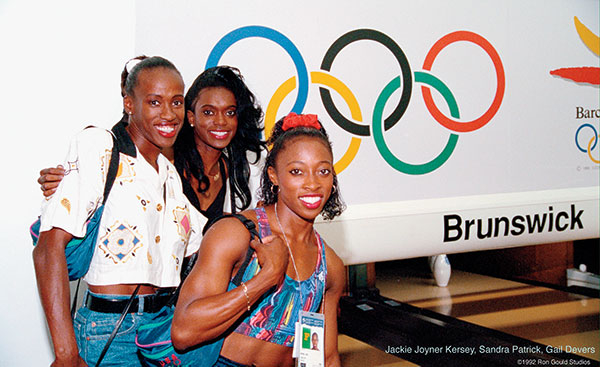
SB: What skills or knowledge (other than photography) do you think an event photographer has to develop for a successful business model?
Randy Pollard: Aside from the obvious business skills, you really have to be a people person. You have to go above and beyond with customer service and do what the “other guy” won’t or can’t.
Cindy Brown: Business knowledge of all kinds. I wish that one of my five degrees had been a degree in business or a related field. I have had to teach myself concepts from all areas of business: marketing, sales, accounting, etc. My lack of education in this area has left me scrambling to learn on my own.
Stacy Kogut-Martinez: It’s best to develop a network for your business of friends, family, co-workers, college buddies, and couples. You also need to develop very good communication skills because you do not want to let down customers and it is surprising when push comes to shove how ideas differ down the line. Always discuss with them if your price includes unlimited, exclusive rights to the photos. It is imperative that you have a good contract, one that is beneficial for both parties but clearly states your intentions and what you plan on delivering. It is always an option to add on something later at no charge; this is always a plus and leaves your customer happy with your service and your generosity. Finally, it is important you learn to “play well with others.” I have acquired many jobs from people who saw me at an event and, though they did not see the finished product, they hired me based on how I was at the event and how well I worked with my client.
Dag Bennstrom: When I am at an event I often see the photographer sticking out like a sore thumb and the photos reflect this. You need to think of how your client is going to feel about the way that you are representing their brand/friends/or whatever the event is about. That usually has to be very current and eye-catching so think of yourself as an “ad agency” for the brand. This forces you to think about the client’s perceptions and that can make the difference between you and the next guy.
Ron Gould: Customer service is a priority; I can’t stress enough how you have to be available 24/7 just in case a client has a last-minute photo request. I’ve had clients call with an hour for me to get to a location for an assignment. They know I’ll do whatever I can to get myself or one of my other photographers to the job. And you have to have the personality that likes people and can interact with them to get the photos you need. This is more important to me when I’m looking for a photographer to work for me than their photography skills! I can teach and upgrade their skills; I can’t make them like interacting with my clients.
Chris Rakoczy: The biggest thing has been developing a managerial skill. Very few corporate events I’ve done have been one-man jobs. I’ve needed to build and maintain a quality network of vendors and colleagues. So I charge for Production Management, because it takes a lot of time to coordinate the resources needed to provide a crew of, say, four photographers, two assistants, multiple portrait and printing stations, transportation, and whatever else the client requests. You have to have backup people, not just backup gear. You have to know and trust those people will work to make you look good, and know when to give specific directions even if their own approach would be different, or seek their input because it IS different. And when it all works out, you will get the next job.
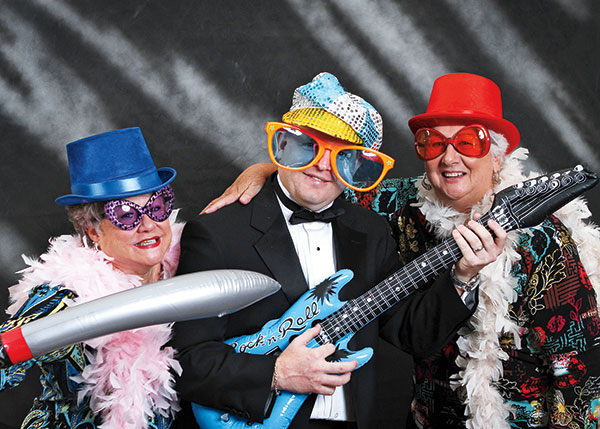

Web Resources
Dag Bennstrom: www.dagomatic.net
Cindy Brown: www.cbrownphoto.com, www.samesexweddingphotographers.com
Ron Gould: www.rongouldstudios.com
Stacy Kogut-Martinez: www.facebook.com/pages/For-Your-Eyes-Only-PhotographyDesign/125445304151104?sk=info, http://magnoliahsphotography.viewbook.com/
Randy Pollard: www.getontheedge.com
Chris Rakoczy: www.hartfordeventphotographer.com, www.rakoczyphoto.com
- Log in or register to post comments

